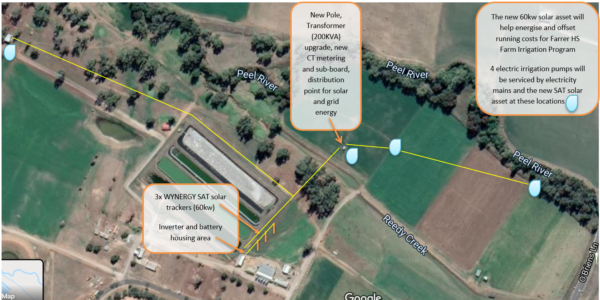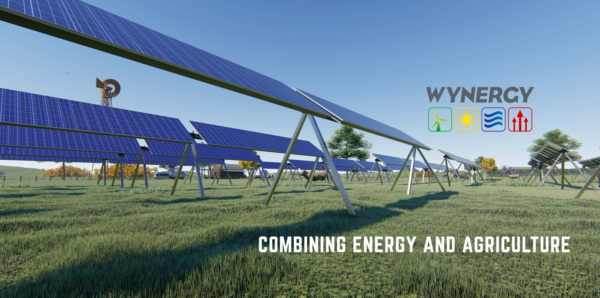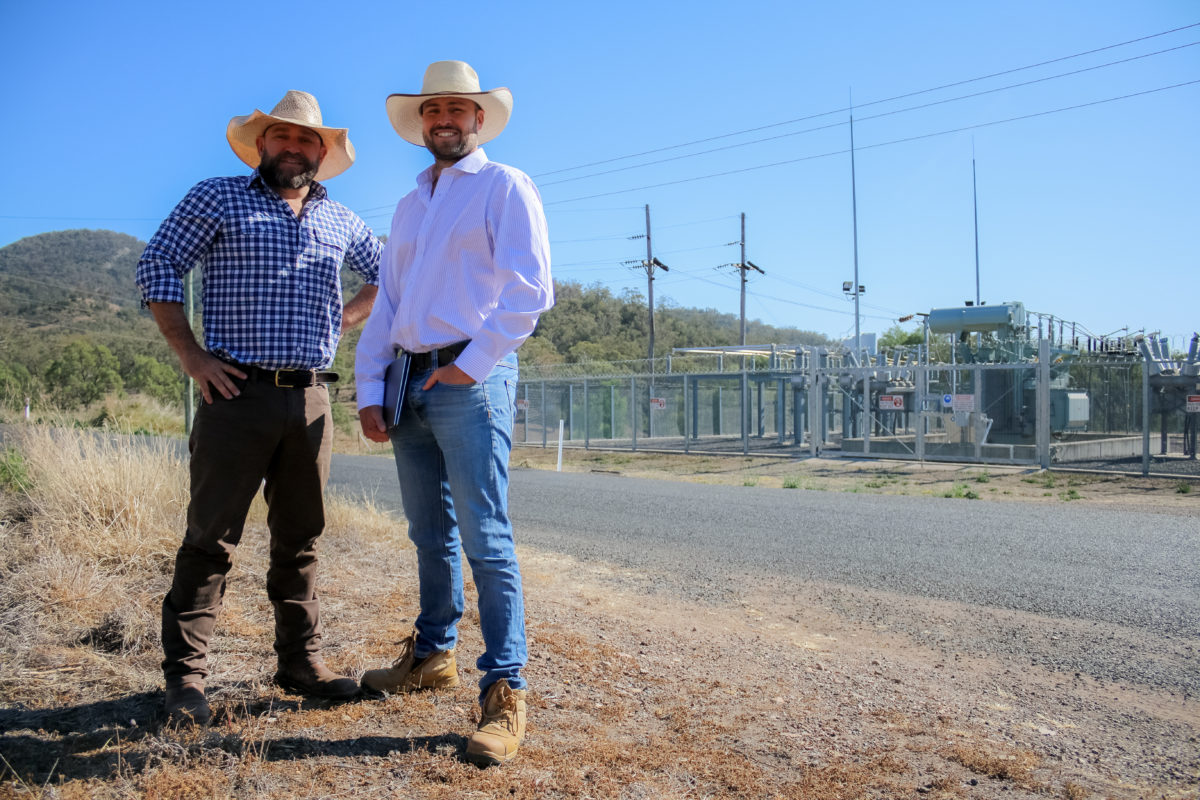Just this Saturday pv magazine reported on positive amendments to New South Wales planning laws that will cut red tape on approvals for installing larger-scale solar systems on homes and commercial buildings, but the process has left a complying-development pathway for ground-mounted solar systems on the cutting room floor.
The NSW Department of Planning, Industry and Environment executive has today been briefed on the unintended consequences of simplifying the regulations governing rooftop solar installations in the State Environmental Planning and Assessment Act of 1979.
The simplification excised the complying-development pathway for ground-mounted solar systems up to 100 kWp, up to 10 metres in height or less than 500m² in array size, which affects development of rural and regional systems typically installed by farmers and agribusinesses to help defray the costs of pumping for irrigation or milling grain, or other energy intensive activities.
As a consequence, regional developer-installers like Ben Wynn from Wynergy in Tamworth, NSW, will now have to apply for a development approval (DA) for installations greater than 150m² (around 30 kWp given today’s high-wattage solar panels) and set higher than 5 metres off the ground.
Previously, they were able to build in compliance with technical specifications and have their work assessed and approved by an independent certifier post construction.
DAs mean time and money for country installers
The code change stands to add between $5,000 and $10,000 per approval on systems with an average value of $150,000, and each DA will take six to eight weeks to process by a “hard-working” council, estimates Wynn.
Wynn discovered the change to the legislation last week when his development consultant was doing due diligence on a demonstration project Wynergy’s commercial division is installing at Farrer Memorial Agricultural High School, to replace diesel-powered generators on four irrigation pumps used in the school’s dairy-herd paddock. The 60 kW solar installation in three 20 kW arrays will save Farrer administration between 35,000 and 70,000 litres of diesel a year, depending on rainfall and water allocation.

Image: Wynergy
“I’d researched the complying pathway a few times, and I knew this was an area we wanted to push Wynergy Commercial into, because it was under 100 kW for your STCs [small-scale renewable energy certificates] and it had complying development status,” Wynn tells pv magazine.
Consultant Kate Young, contacted Wynn last Thursday, saying “Hey, did you realise that Clause 37 has disappeared?” says Wynn.
The Department of Planning changes had been exhibited for response from stakeholders in November 2019, but were predominantly expressed as changes that would make larger PV installations easier for households and businesses, so, like Wynn, many rural installers may be unaware that Clause 37(2) pertaining to complying ground-mounted development has been deleted.
Wynn read that changes had been enacted, and says “It was probably my bad and the rest of the NSW installers’ bad that we didn’t go in to check the detail.”
On learning of the impact the revised code could have on regional solar developers, Wynn immediately contacted the Department and rang around a few other installers in the Tamworth and Newcastle regions to see how the changes would affect them.
“There were eight projects being planned and built between us this year that would be over the 150m², 30KW ground mount size — that’s a total of around $1.25 million in revenue that will now have to be put on hold as we apply for DAs. It’s just a really small snapshot of a few businesses I know — let alone what the picture is statewide,” says Wynn.
A fix is in the works?
The Department of Planning was unavailable for comment, other than to say it was now aware of the issue and processes were underway to remediate the problem.
Wynn adds that his approach to the Department had received an empathetic response and that his contact seemed motivated to help maintain and grow employment opportunities on new developments, particularly during COVID-19.
Nonetheless, the time it will take to resolve the problem and likely reinstate the compliance clause is unknown.
For Wynergy, it’s a double setback, since the Farrer project was intended to demonstrate the company’s agrivoltaic solution for coexistance of solar arrays, livestock and forage crops in any paddock — providing a multifaceted solution for farmers and generating new business in the district.
Innovative agrivoltaic solution on hold
The system will use Soltec SF7 trackers, boosted in height to achieve a clearance of 2.6 metres by stands engineered to Wynn’s specifications, which allow the systems to withstand sharing space with hefty cows.
“The premise is that the paddock can still be used for the school’s dairy herd,” as it generates its own power for irrigation, “and the arrays provide shade where there wasn’t shade before”, says Wynn.
Soltec’s tracking systems can increase solar production by 25% as the panels are automatically angled to follow the sun. Mounting the systems on livestock-friendly structures differentiates Wynergy’s offering in the rural market where most solar systems are currently fixed arrays at heights that must be fenced off from livestock. Wynn has shelved marketing plans while he applies for a DA.
For all of the state’s installers of ground-mounted systems, and agribusinesses looking to harness the benefits of solar, the omission of Clause 37(2) from the Environmental Planning Policy Amendment 2020 poses expense and delay — a hurdle that can hopefully be quickly removed.

Image: Wynergy
This content is protected by copyright and may not be reused. If you want to cooperate with us and would like to reuse some of our content, please contact: editors@pv-magazine.com.









By submitting this form you agree to pv magazine using your data for the purposes of publishing your comment.
Your personal data will only be disclosed or otherwise transmitted to third parties for the purposes of spam filtering or if this is necessary for technical maintenance of the website. Any other transfer to third parties will not take place unless this is justified on the basis of applicable data protection regulations or if pv magazine is legally obliged to do so.
You may revoke this consent at any time with effect for the future, in which case your personal data will be deleted immediately. Otherwise, your data will be deleted if pv magazine has processed your request or the purpose of data storage is fulfilled.
Further information on data privacy can be found in our Data Protection Policy.